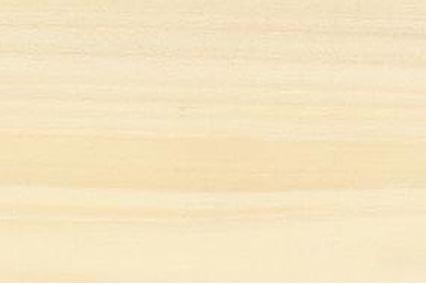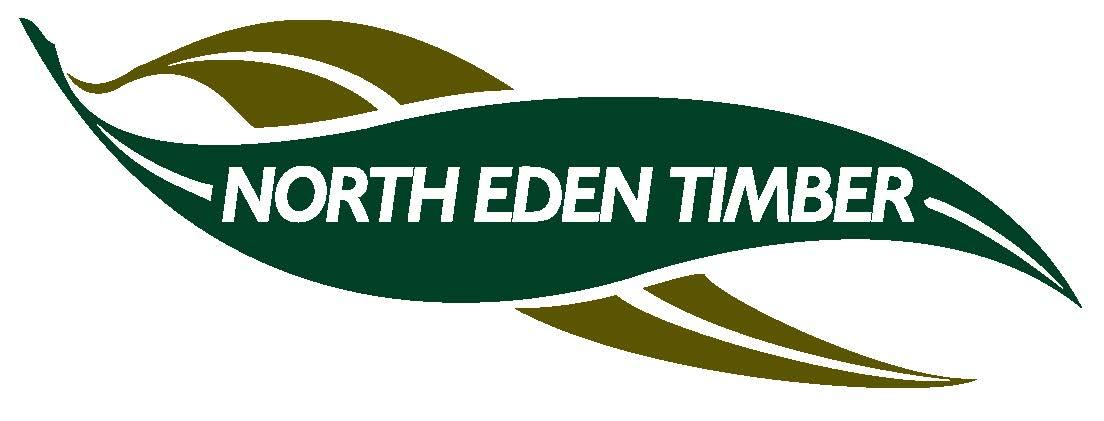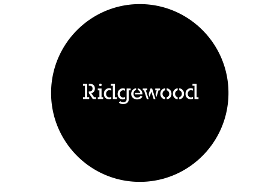Queensland kauri is an Australian native softwood with a fine even texture, pale cream to light or pinkish brown heartwood and a straight grain.
South Queensland Kauri, Dundathu Pine, Black Kauri, Blue Kauri, Mountain Kauri, North Queensland Kauri, Bull Kauri, Agathis palmerstonii, Agathis atropurpuea, Agathis microstachya
Agathis robusta
Queensland kauri pine is one of Australia's native softwood timber species. Its species name, Agathis robusta, is derived from its cones, which look like a ball of thread (agathis), combined with its vigorous growth (robusta). An attractive timber suited to many indoor uses, including fine cabinetry, the Queensland kauri was heavily logged in the early years of European settlement. Large trees are therefore more rare now than in pre-European times; despite this, the species is not classified as endangered.
Queensland kauri occurs in two localities: in southern Queensland on Fraser Island and around Maryborough; and there is a northern population on the Atherton Tableland west of Cairns. Although these two populations were once given different scientific names (A. robusta in the south and A. spathulata in the north), they have since been discovered to be the same species. Queensland kauri is a large, coniferous tree with a straight trunk, growing to a height of 25-40 metres with a trunk diameter of between 100 - 200cm. The trunk is clear of branches for over half its length. The characteristically straight and symmetrical trees are covered with smooth to flaky grey-brown bark. Woody scales from collapsing cones gather at the base of these trees.
The timber yielded by this species has a fine even texture that is pale cream to light or pinkish brown in hue, with a straight grain. Queensland kauri withstands some exposure. It dries quickly with little degrade but needs protection against blue stain, microscopic fungi that commonly infest the sapwood of trees.
Queensland kauri timber is commonly used for cabinetwork, turning, joinery and shelving. It is suitable for use in pattern making, lining, flooring, vats, boxes, battery separators and plywood. It is otherwise used for making furniture and violin bellies.
Shrinkage
| Very Low | Low | Medium | High | Very High | |
|---|---|---|---|---|---|
|
|
|
|
|||
|
Tangential :
|
3.40% | ||||
|
Radial :
|
3.20% | ||||
|
Unit Movement Tangential:
|
0.17% | ||||
|
Unit Movement Radial:
|
0.14% |
Strength Group
| Very High | High | Reasonably High | Medium High | Medium | Reasonably Low | Low | Very Low | |
|---|---|---|---|---|---|---|---|---|
| Unseasoned: | S1 | S2 | S3 | S4 | S5 | S6 | S7 | S8 |
|
|
||||||||
| Seasoned: | SD1 | SD2 | SD3 | SD4 | SD5 | SD6 | SD7 | SD8 |
|
|
Stress Grade
|
Structural No. 1 |
Structural No. 2 |
Structural No. 3 |
Structural No. 4 |
Structural No. 5 |
|
|---|---|---|---|---|---|
| Unseasoned: | F7 | F5 | F4 | ||
| Seasoned: | F8 | F7 | F5 | F4 |
Density per Standard
| Seasoned: | 470kg/m3 |
|---|---|
| Unseasoned: | 720kg/m3 |
Joint Group
| Very High | High | Reasonably High | Medium | Low | Very Low | |
|---|---|---|---|---|---|---|
| Unseasoned: | J1 | J2 | J3 | J4 | J5 | J6 |
|
|
||||||
| Seasoned: | JD1 | JD2 | JD3 | JD4 | JD5 | JD6 |
|
|
Colour
| White, yellow, pale straw to light brown | Pink to pink brown | Light to dark red | Brown, chocolate, mottled or streaky | |
|---|---|---|---|---|
|
|
||||
Mechanical Properties
|
Modulus of Rupture - Unseasoned:
|
46 |
|---|---|
|
Modulus of Rupture - Seasoned:
|
64 |
|
Modulus of Elasticity - Unseasoned:
|
6.8 |
|
Modulus of Elasticity - Seasoned:
|
7.8 |
|
Maximum Crushing Strength - Unseasoned:
|
24 |
|
Maximum Crushing Strength - Seasoned:
|
39 |
|
Impact - Unseasoned:
|
5.5 |
|
Impact - Seasoned:
|
2.4 |
|
Toughness - Unseasoned:
|
|
|
Toughness - Seasoned:
|
|
|
Hardness - Unseasoned:
|
2.3 |
|
Hardness - Seasoned:
|
2.3 |
Durability
| Low | Moderate | Reasonably High | High | |
|---|---|---|---|---|
| (0 - 5 yrs) | (5 - 15 yrs) | (15 - 25 yrs) | (more than 25 yrs) | |
|
In-Ground:
|
|
|||
| (0 - 7 yrs) | (7 - 15 yrs) | (15 - 40 yrs) | (More than 40 yrs) | |
|
Above ground:
|
|
|||
| (0 - 20 yrs, usually < 5) | (21 - 40 yrs) | (41 - 64 yrs) | (More than 60 yrs) | |
|
Marine Borer Resistance:
|
|
Lyctid Borer Susceptibility:
|
Not Susceptible |
|---|---|
| Lyctid Borer Susceptibility - Other: | |
|
Termite Resistance:
|
Not Resistant |
Fire Properties
|
Bushfire Resistance:
|
Not Tested |
|---|
The wood of the Queensland kauri is creamy-white. The surface is plain in appearance, and the timber has a fine grain and clear, even texture that is much darker than Hoop Pine. The shimmering ray flecks that occur on the face of quarter-cut timbers distinguish it from hoop and bunya pines, that produce a less startling figure. Heartwood and sapwood in of this species are difficult to distinguish. Finished timbers have a warm golden appearance, ideal for use in interiors.
The first European settlers fashioned Queensland kauri into kitchen sinks, breadboards, bench-tops and flooring. Today the timber is still used in a wide range of interior situations. Common applications include cabinetmaking, turnery and joinery. The durability and regular colours of the timber make it well suited to furniture design and indoor fittings such as shelves. Less sturdy grades of this timber can also be made into plywood, crates and boxes. Panels of Queensland kauri are used to line boat interiors. Luthiers also favour this timber for fashioning violin bellies and guitars because of the good resonating properties created by its regular grain.
QLD



